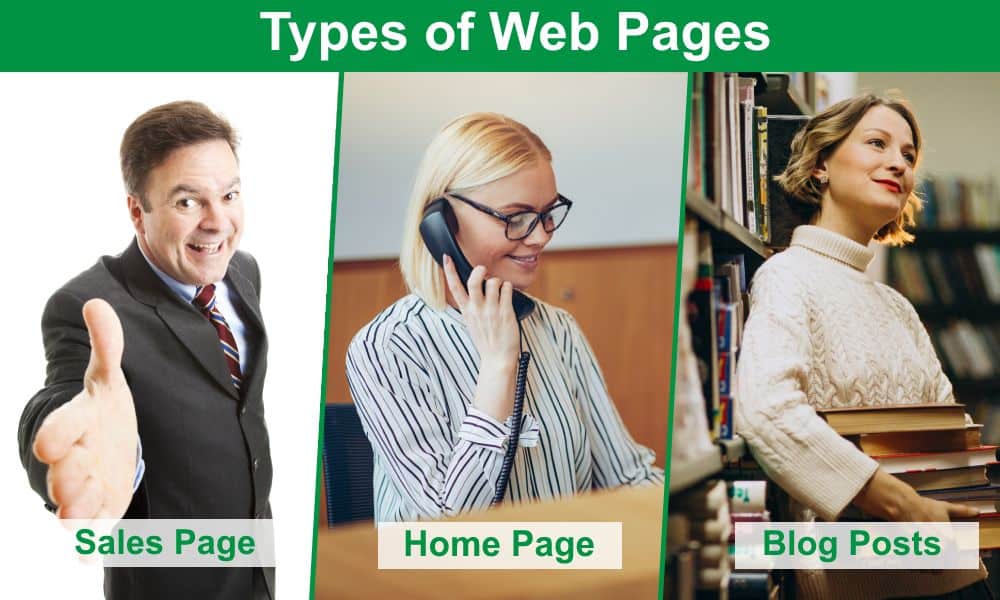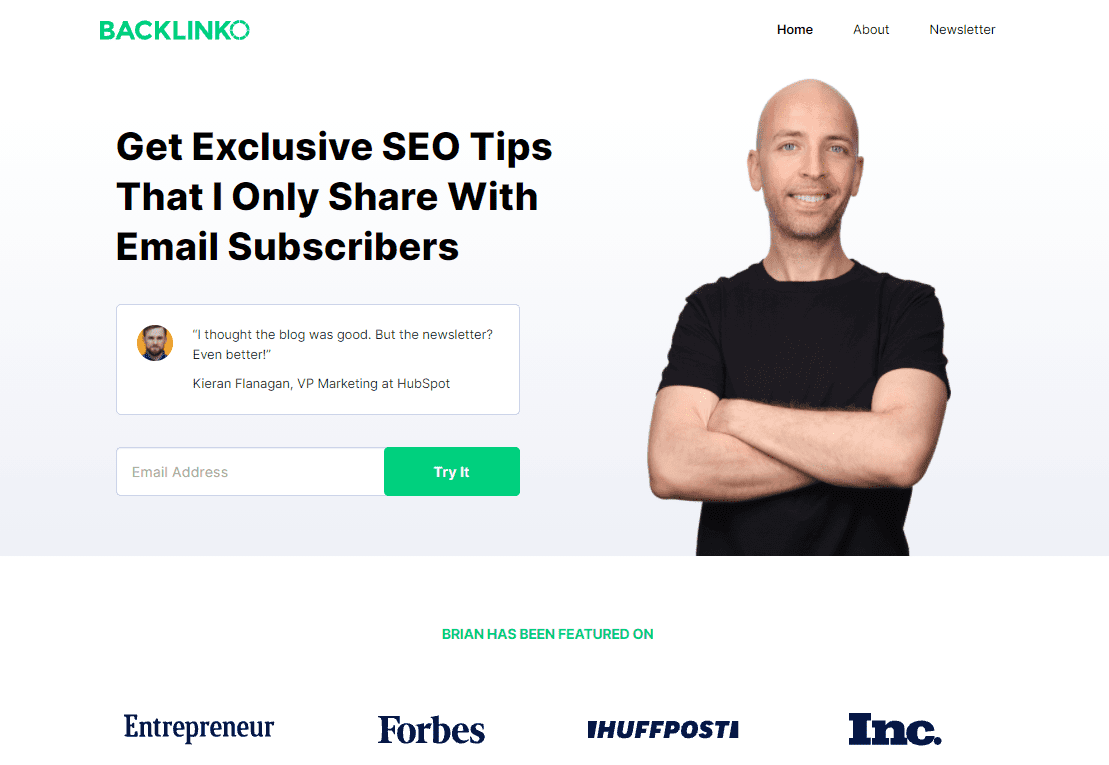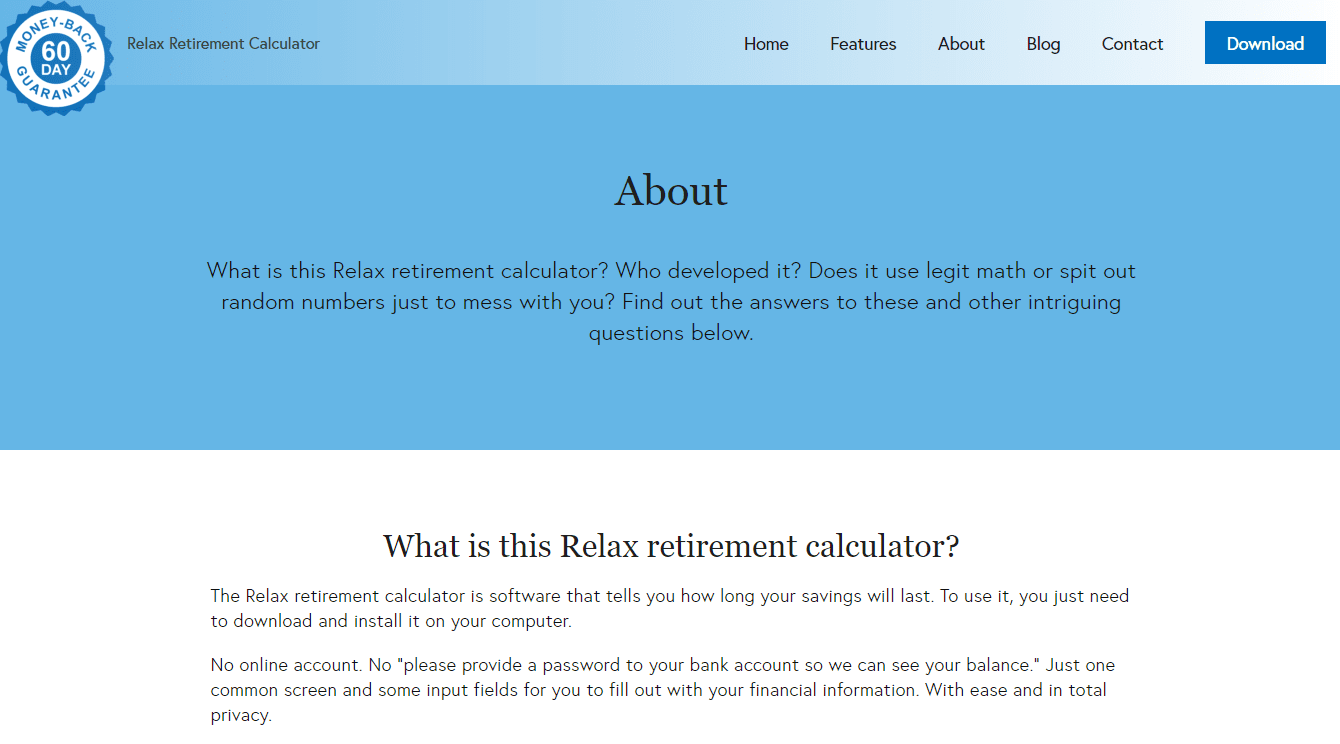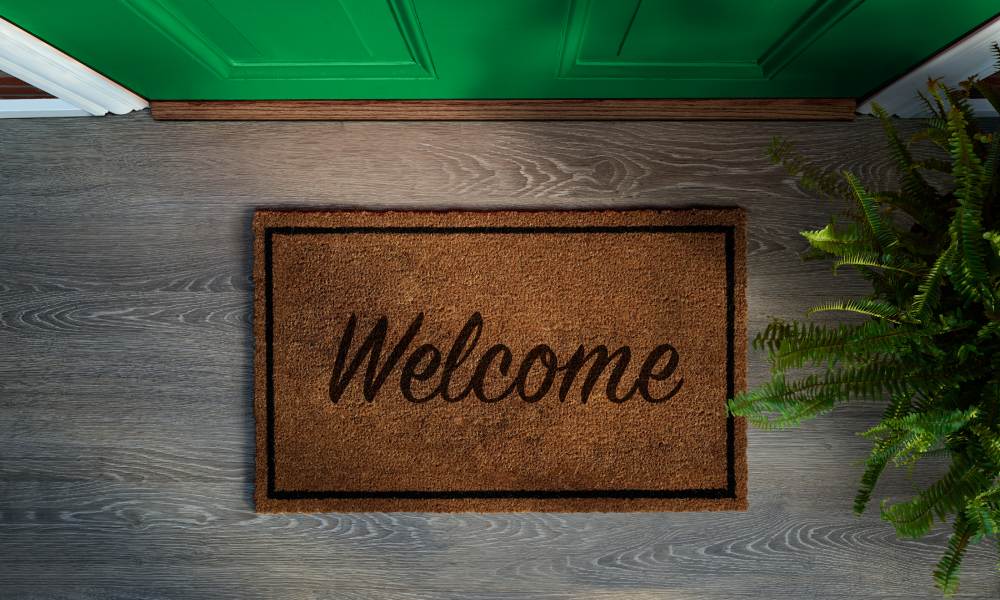Have you ever thought about the different types of web page you have on your site? Wondered why they’re there, and why they’re different from each other?
Your website is like a sports team. It’s made up of different pages, all playing together, all trying to achieve a win. In this instance, that means a win for your business.
Like different players in a team, each type of web page has a different role to play. Just as players in different positions need different skills and attribute, different web pages need different content and layouts. So let’s take a closer look at some of the team players on your website.
(NOTE – this article doesn’t cover ‘landing pages’ in ‘sales funnels’ – those are specific pages designed for visitors coming from a specific source, rather than part of the general team. Landing pages deserve a separate discussion of their own.)
1. Home page
People tend to think of the home page as the most important page on the website. It’s certainly true that most visitors with any level of interest will visit your home page, even if it’s not the first page they see. It’s also the type of web page which has the most variation in design and layout.
The home page is a very hard-working page with three main jobs. What are they?
Your home page tells people what you do and who you do it for
This needs to be really clear and easy to understand. Without scrolling down. Without having to look at an image and work it out backwards from that. Without having to decode a clever tagline.
By all means, have a hero image. Have a tagline. But don’t make your visitors work too hard. They need to know as quickly as possible whether your site is relevant to them. If it’s not, they can just leave. No loss to you – if your business isn’t relevant, they weren’t going to buy from you anyway.
Check out our home page. On a desktop and on a mobile, there are clear, simple words saying
- what we do (marketing and content services)
- who we do it for (professional and service businesses)
Check your own site. Does it do that?
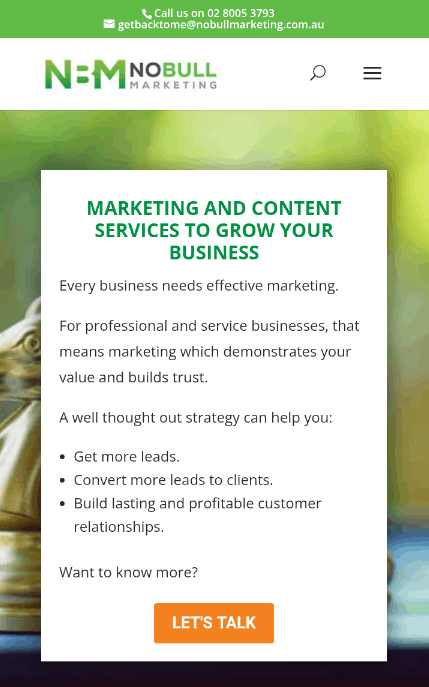
Your home page builds trust and confidence
If you don’t look trustworthy, why would someone stay, even if you’re selling something relevant to them?
Your home page should not only say what you do, it should demonstrate that you do it well. So add the kind of content which generates trust.
- Testimonials are pure gold. Don’t hide them away on a separate page people have to go look for. Put them front right and centre!
- Associations, memberships and qualifications are proof that you are serious about whatever you do. They carry authority and make you look like a more serious business. They’re often in the footer, but in some cases it makes sense to repeat them higher up the home page too.
- Positive statistics. Buffer combine this with the information on who they work for: ‘160,000+ small businesses like yours‘. It’s easier to trust Buffer than to think that all those businesses got it wrong, so of course you trust them.
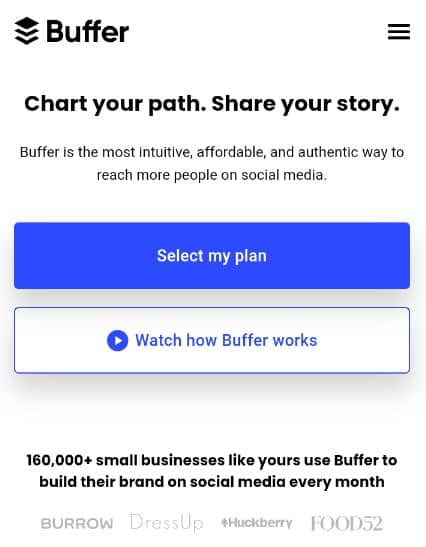
- Media mentions – ‘As seen on…’ Backlinko is a great example of this – although you do have to scroll down a little.
Your home page tells people where to go next
If you only offer one service or product, you may not need your home page to do this. For everyone else, it’s vital. Your home page is the receptionist who helps people get where they need to be. Just as importantly, it directs them to where you need them to be.
Visitors can use the main menu, of course. But that’s simply a list of options. The main body of the home page gives you an opportunity to promote and prioritise. So you can, for example:
- have large tiles promoting your top two or three services. You can use images and words to make them more enticing.
- promote a special event, launch or offer. Remember – you can change your home page as often as you like. Growth Gen have an overlay which is always updated to their next event.
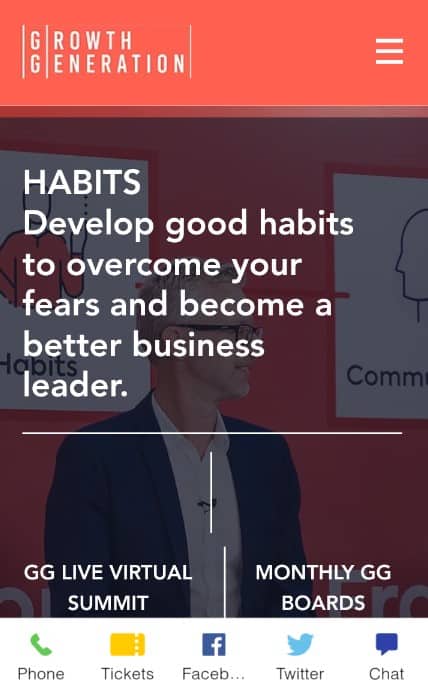
The home page, especially the part of it which is visible without scrolling, is valuable real estate. It’s highly visible. Use it to promote whatever is most important in your business.
What else goes on your home page?
The ‘above the fold’ part of your home page is the bit which does the most work of all. Make sure it addresses those three key questions for visitors:
- What do you do?
- Can I trust you?
- How do I get to the service I want to get to?
Once you’ve got that straight, look at what else you might want to put on your home page for further credibility, lead generation or sales:
- Links to blogs, case studies and portfolio pages promote your credibility
- An invitation to download a useful ebook, tool or template, or an option to subscribe to your newsletter, can generate more leads
- A special offer or promotion may generate sales.
There is more variety in the design of home pages than for any of the other types of web page – and that’s fine. Just make sure your home page has a design which helps it fulfil those important roles listed above.
2. Service Pages
Service pages (or product pages if your business sells products – but most of my clients sell services so I’m going to stick to service pages) also have to work hard.
People visiting service pages are usually good prospects, so every service page should be a sales page. It has one of two jobs – get visitors to buy, or get visitors to enquire.
First, it must explain what the service is. Second, it needs to demonstrate the value a buyer will get from that service. That may include the emotional payoff as well as details of the service itself.
- If you want people to purchase or commit online, you need to explain every detail of the service and answer any questions they may have. That includes pricing; how the service works; what happens if something goes wrong, and so on.
- If you want enquiries, you may not want to answer every question a potential client has. For some services, you won’t have the information you need to answer anyway at this stage! But you will need to give visitors a reason to reach out.
Since trust is so important, service and product types of web page are another great place for testimonials. Pick ones related to the specific offering on the page.
One final, vital element is a clear call to action. This may be a purchase button, or a contact or enquire button. If you want leads, you can link to your main contact page or embed a form into the sales page itself. Whatever works, make it clear and obvious!
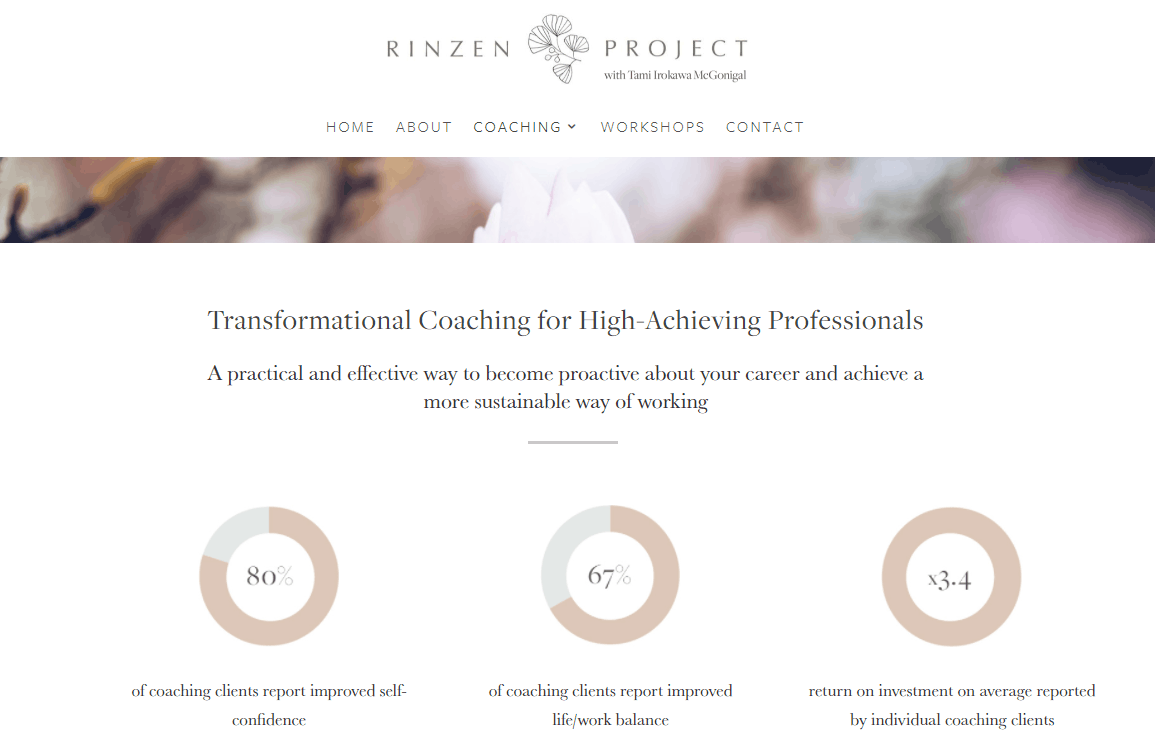
This service page for individual coaching checks all the boxes. Statistics to prove results – unusual and effective for a ‘soft’ service like coaching. Testimonials. Clear benefits. Answers to common questions. And an obvious call to action.
3. Contact Page
So what about the contact page? It’s one of the most important types of web page out there, yet so often, it gets minimal attention from designers.
The obvious job of the contact page is to make it easy and appealing for people to contact you. How can you do that?
First off, include every contact option you’ve got. Not just a contact form, but an email, a phone number, an address. A map so they can get to you, if you’re the kind of business people visit offline. Opening hours are a good idea too.
Don’t just put a form on the page and expect that everyone will fill it out. Some people hate forms. Some people hate sharing their contact details. Others want or need a quick answer and don’t want to wait for you to reply – they just want to call you. Give your visitors options.
If you’re afraid of spam, put your email address on as an image. Or include it in a non-clickable way: bridget(at)nobullmarketing.com.au is perfectly clear, but a bot can’t process it.
One final and often unconsidered point. Would you like every single person who came to your contact page to contact you? Probably. So in fact, this is another sales page! One with the specific job of getting people to reach out. So make it friendly, but also persuasive. A great place for another happy customer story, or guarantees or statistics which support how trustworthy and popular you are.
For a great example of a contact page which knows it’s a sales page, check out this one from River Pools in the US.
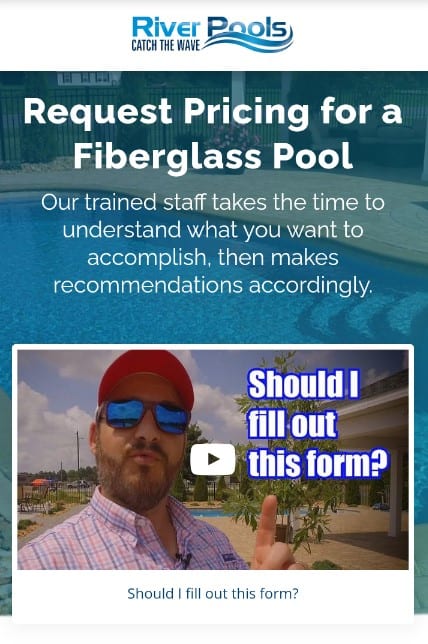
4. About Page
Here’s another very common type of web page. What’s the purpose of the about page and how do people get there?
It’s unusual to have a lot of visitors land directly on your about page – unless they’re already looking for your business by name. Normally your home page is easier to optimise for search and the about page is a little of a poor cousin for SEO.
On the other hand, it’s another of those pages which lots of people who are already on your site will visit. Why do they do that? They’re interested in you. They want to find out a bit more, to be comfortable before taking the next step. In soccer terms, your about page is a midfielder setting things up rather than a striker scoring a goal.
Visitors are here to find out more about you, but they’re checking you out to fulfil a need of some kind, not as a personal friend. Your goal is not to tell them about you, but to tell them about why they should trust you to help them with that need. It’s all about trust and confidence. Include:
- Have some (quality!) photos of your founder or your key team. Be human, but professional – whatever that means in your industry
- Tell them how long you’ve been in business and why you started out. Share your ‘why‘.
- Tell them about your business achievements, credentials and memberships
- Add another testimonial. This is a great place for a longer testimonial which talks about how great it is to work with you.
Once again, we we’re working on building confidence in you and your business. Here’s a great example from the website for the Relax Retirement Calculator. (If only there was an Australian version…)
5. What about your blog?
You may not have a blog. That’s fine. If you haven’t got time or resources to blog regularly, don’t! But if you can blog once a month or more, it can help your site SEO, authority and traffic levels.
In the sports analogy, your blog is less a team member, more a fan cheering from the stands. You know how players perform better on home ground, with the crowd behind them? That’s one way your blog contributes.
In another analogy, your blog is a librarian. It helps and provides information. It’s a service, not a hard sell. But because it gives people answers and advice, over time it builds trust and authority.
A good blog full of quality posts generates traffic from search queries. It’s often the first contact a visitor has with your company. That’s why blogs are usually helpful rather than a hard sell. The law of reciprocity says that if you help someone, they’ll want to do something for you. Just don’t ask for the world right up front.
Try a small goal in most posts:
- invite people to read another article on a related topic
- offer a downloadable resource – something directly relevant to the topic of the blog
Sprinkle in invitations to visit the more serious sales people – the service pages – but don’t push it. Not everyone will be ready to buy. Bounce rates for blogs are surprisingly high – but the same visitor may come back several times and then decide to move to the next stage. Blogs are a gentle slow burn compared to the energy of a service page.
Summing Up
Your website may have lots of pages or just a few, but they all need to work together to get the best results. It’s helpful to think about the way people come to your site and what they see when in their journey.
- The first pages people visit are usually blog posts or the home page. At this point, the visitor knows little about you. Be friendly, be helpful. Point them in the right direction, but don’t push.
- There’s an intermediate stage where they need more information. That’s where the About page comes into its own. Other types of web page can help at this point, including blog posts; portfolio pages; pages providing downloadable resources, and interactive tools.
- Finally, they’re interested and ready to make a decision. Here’s where the service pages and the contact page play the biggest role.
If you can set up your website with the right content for each stage of this journey, it will be much more effective.

